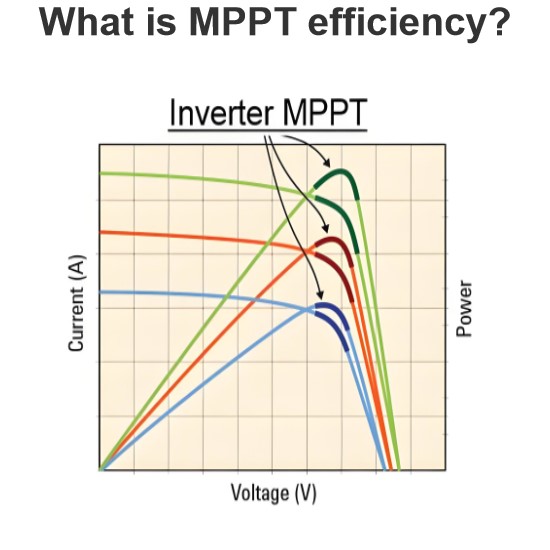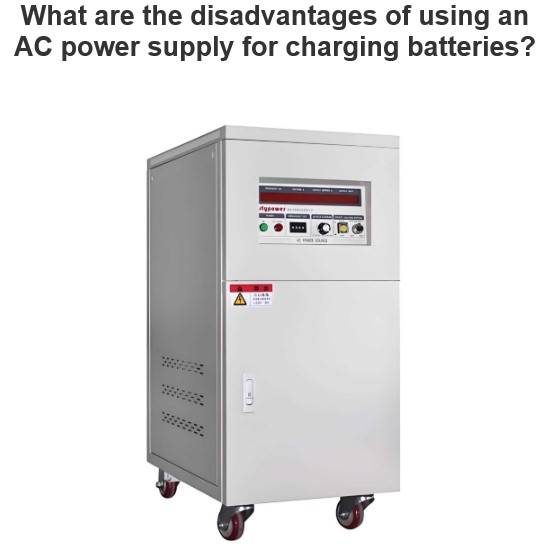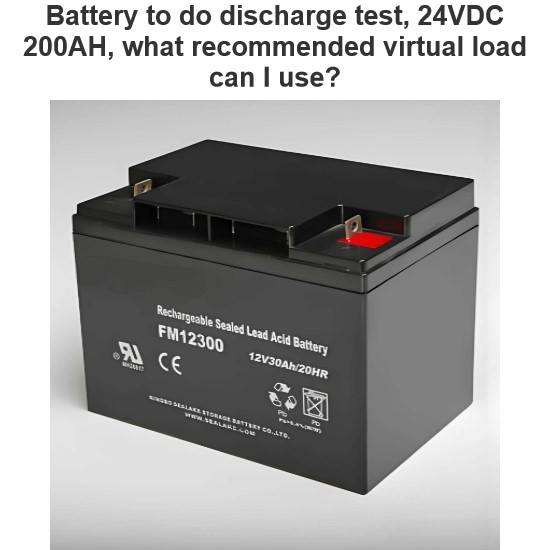Mercuric Oxide Battery | Chemistry Construction Advantages Uses
During World war II it became essential to have constant voltage, high capacity, long life battery system for using under extreme tropical condition. The technology of zinc mercuric oxide battery had been known for more than 100 years, but it was first practically used by Samuel Ruben during World war II. Because of its constant and stable voltage characteristics, it is particularly advantageous to use in watches, cameras, and other small electronic devices. It was also used in some early model of pacemakers.
Because of its extremely stable output voltage characteristic, the mercuric oxide battery was widely used as a voltage reference source in electrical measuring instrument. In addition to these, the battery was also used in small scatterable satellite mines, radio sets, and early satellites.
Now a days these battery are becoming obsolete because of its environmental problem in association with mercury. There are mainly two types of mercuric oxide battery – one zinc mercuric oxide battery and two cadmium mercuric oxide battery. Environmental problems are also associated with cadmium. The market of this battery has been occupied by alkaline manganese dioxide, zinc-air, silver oxide and lithium battery.
Advantages of Zinc Mercuric Oxide Battery
It has very high energy density. It is about 450 Wh/L
It has a very long storage life.
Remains stable under wide range of current density.
It is highly electrochemically efficient.
It is very robust and generally non sensitive to mechanical impact and vibration.
It gives stable 1.35 V of open-circuit voltage which is an important advantage of zinc mercuric battery.
It gives stable voltage throughout long range of current drain operating period.
Disadvantages of Zinc Mercuric Oxide Battery
These batteries are highly expensive. That is why they have limited usage.
Although the energy to volume ratio of the battery is high but energy to weight ratio is moderate.
Performance of this battery is not very good at low temperature.
Due to presence of mercury, disposal of used zinc mercuric oxide battery creates a problem.
Advantages of Cadmium Mercuric Oxide Battery
It has longer storage life.
It has more flat discharge curve over a long range of current.
Unlike zinc mercuric oxide battery, it operates efficiently at low temperature.
Gas evolution label of cadmium mercuric oxide battery is low.
Disadvantages of Cadmium Mercuric Oxide Battery
It is costlier than zinc mercuric oxide battery because of cadmium.
Standard open circuit voltage of this battery is 0.9 V which is much lower than that of zinc mercuric oxide battery.
Its energy to volume ratio is moderate, and energy to weight ratio is low.
Disposal of cadmium mercuric oxide battery also creates environmental problem due to presence of both cadmium and mercury.
Construction of Mercuric Oxide Battery
This battery was mainly manufactured in bottom, flat and cylindrical shape. In the bottom configuration, the top cover of the battery is made of copper alloy on the inner face and nickel or stainless steel on the outer face. The top cover is insulated from the bottom container by a nylon grommet. Amalgamated zinc powder is dispersed inside the top cover. The lower portion of the container is filled with a mixture of mercuric oxide and graphite. Graphite helps here to increase the conductivity of mercuric oxide. The mercuric oxide is the main cathode material of the battery. The top of the cathode mixture is covered with potassium hydroxide, or sodium hydroxide electrolyte soaked porous barrier. Now the whole top cover along with grommet and anode material is pressed down into the bottom container. Now the upper portion of the battery is the anode, and the lower portion is the cathode, and the porous separator contains the electrolyte in between them. The whole assembly is tightly held together by crimping the top edge of the bottom can or container. In flat configuration, zinc powder is amalgamated and pressed into a pellet. The top cover of the battery is double plated with integrally molded polymer grommet. The outer and inner top plates are made of nickel plated steel, but the inner plate is tin plated on the inner surface. The main container of the cell is also made of two nickel plated steel made cans. And the adapter tube is placed in the space in between the inner and outer can. The lower portion of the container is filled with cathode mixture, and on the top of the cathode mixture electrolyte, absorbents are placed. The top grommet assembly along with anode pallet is pressed into the inner can and seal being done by crimping over the outer can. A vent hole is provided in the outer can so that the gas which might be generated during discharge can easily be escaped between inner and outer cans, any entrained electrolyte being absorbed by the paper adaptor tube.
Chemistry of Mercuric Oxide Battery
Two types of alkaline electrolyte are used in the zinc / mercuric cell, one based potassium hydroxide and other is sodium hydroxide. The sodium hydroxide electrolyte is generally used where low temperature operation and high current drain are not essential. This electrolyte is generally used in zinc mercuric oxide cell, whereas potassium hydroxide based electrolyte is only used in cadmium mercuric oxide cell. Cadmium is insoluble in potassium hydroxide solution and that is why the cadmium mercuric oxide cell is quite suitable for low temperature operation.
Anode Reaction in Zinc Mercuric Oxide Battery
The anode reaction can be written as,
This reaction can be simplified as,![]()
Anode Reaction in Cadmium Mercuric Oxide Battery
The anode reaction can be written as,![]()
This reaction does not produce any water hence; the electrolyte used in this cell should have desired high percentage of water.
Cathode Reaction in Mercuric Oxide Battery
The cathode reaction of the battery can be written as,![]()
Rated Voltage of Mercuric Oxide Battery
Open circuit or no load voltage of zinc mercuric oxide battery is 1.35 V. This voltage is quite stable under different temperature over a long period of time. No load voltage of zinc mercuric battery remains within 1% for several years. This no load voltage may only vary in the order of 2.5 mV if the operating temperature of the battery varies from – 20oC to + 50oC. This battery has flat discharge characteristic, means the battery voltage remains almost same for prolong discharge period with different currents. Open circuit voltage of cadmium mercuric oxide battery is 0.9 volt and it is quite stable under all operating conditions within a temperature range from – 55oC to + 80oC. Although operating temperature as high as + 180oC has been achieved by special deign of the battery.
Storage of Mercuric Oxide Battery
The storage characteristic of this Battery is quite good, and store life is given in below table,
| Period of Storing | Temperature of Storing | Capacity loss | |
| Zinc Mercuric Oxide Battery | 2 years | 20oC | 10 to 20% |
| 1 years | 45oC | 20% | |
| Cadmium Mercuric Oxide Battery | 10 years | 20oC | 20% |
| 1 years | 80oC | 15% |
Statement: Respect the original, good articles worth sharing, if there is infringement please contact delete.
Electrical4U is dedicated to the teaching and sharing of all things related to electrical and electronics engineering.




